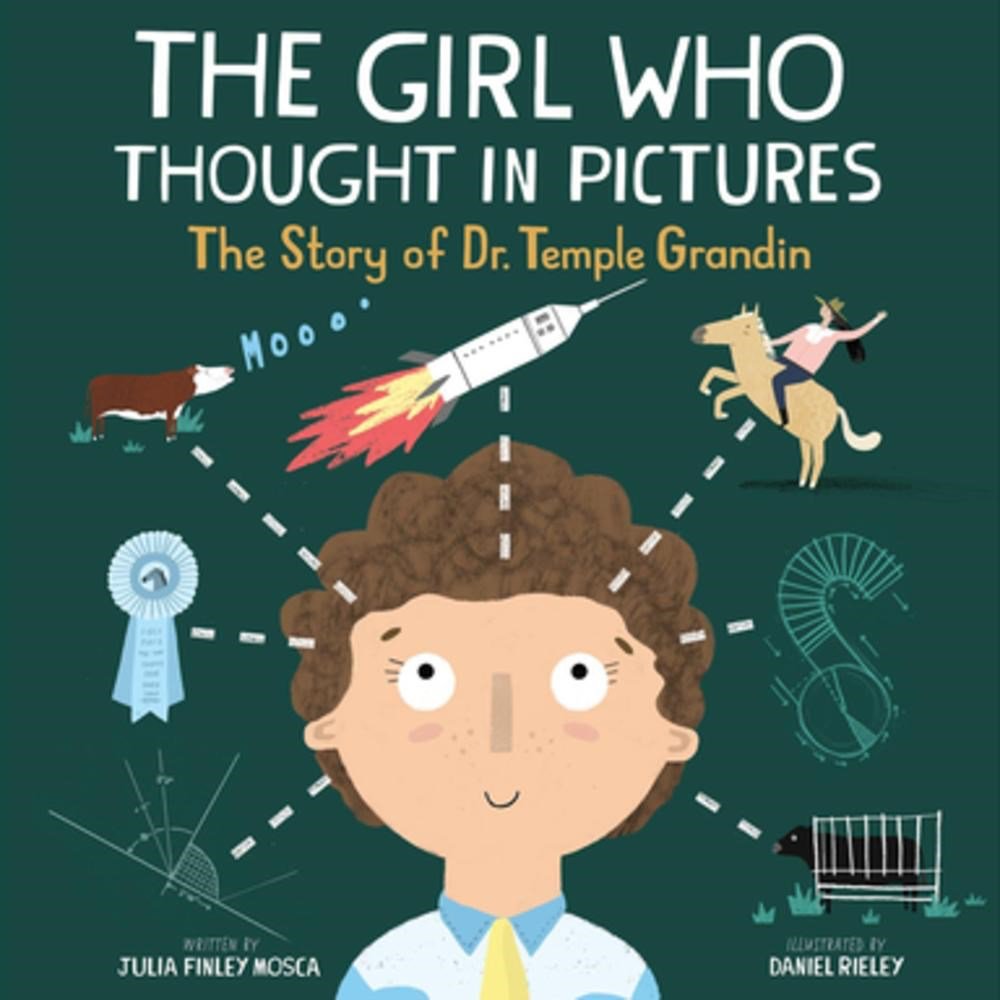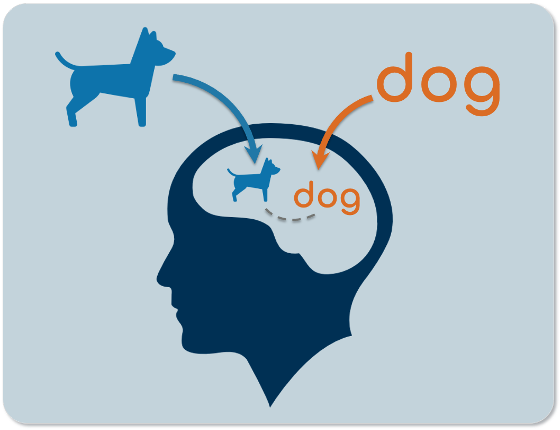Words are like a second language to me. I translate both spoken and written words into full-color movies, complete with sound, which run like a VCR tape in my head.
Dr. Temple Grandin
Have you ever read a book then watched the movie only to face disappointment with the movie itself? Our brain is a picturing machine. We struggle to love the movie versions of favorite books because are always thinking in pictures. We create colorful images in our minds as we read. The movies cannot compare to our visual interpretation.
Often our learners rely heavily on memorization and short-term recall to trudge through each school year. Once they understand the act of visualization learners are better able to tap into their imagery as a resource learning. The moment learners realize they can ignite learning and inspire brain power through imagery is priceless. It can place them on a positive path towards reaching their full potential. Let’s dive a little deeper through the lens of two change makers in this field, Dr. Temple Grandin and Dr. Allan Paivio.
Thinking in Pictures

Dr. Temple Grandin’s life mission is to increase awareness about how autistic learners see the world and think using imagery. She has written two books on the matter- one for adults and the other for children. Both share the importance of picturing as a tool to reach a level of mental clarity about the world. Grandin quotes, “I am a visual thinker, not a language-based thinker. My brain is like Google Images.” There is strength and beauty behind visualization as a strategy for processing information. Seeing in pictures provides a secure base for learners to stand upon throughout their daily lives. Most individuals think in pictures, but are not aware of their ability to do so. Without this awareness they cannot apply their underlying strengths to learning opportunities.
Dual Code Theory
Dr. Allan Paivio is another huge proponent for utilizing pictures to guide one’s thinking. In 1986, he proposed the dual coding theory which attempts to give equal weight to verbal and non-verbal processing. Paivio states: “Human cognition is unique in that it has become specialized for dealing simultaneously with language and with nonverbal objects and events. Moreover, the language system is peculiar in that it deals directly with linguistic input and output (in the form of speech or writing) while at the same time serving a symbolic function with respect to nonverbal objects, events, and behaviors. Any representational theory must accommodate this dual functionality.”

Dual Code Theory claims that we process information in two simultaneous ways- statically and dynamically. Whether we take information in visually or auditorily, our brains translate that input by creating two different types of representational units- “imagens” for mental images and “logogens” for verbal entities. The blackboard in our brain generates images to correspond with either the symbols (static, logogens) or the vivid imagery (dynamic, imagens). These images support activation of prior knowledge, information retrieval, language processing and critical thinking skills thereof. The static images connect directly to words, patterns and numbers while the dynamic images connect to vocabulary, comprehension, processing abilities and higher order thinking skills.
Our experiences shape the way we imagine specific concepts and word patterns. Regardless, we all have the capability to picture information and utilize the imagery to learn.
Picture it all
The great Albert Einstein once claimed, “If I can’t picture it, I can’t understand it.” Conjuring images and pairing pictures to language is not new. We have seen success when learners generalize this skill to strengthen pathways in their brain. The imagery-language connection is a proven approach to processing information that can be developed with the right methodologies. Sprinkling in sensory-based language in everyday conversations and establishing the association between words and pictures can have a long lasting impact on learning well beyond the classroom.
So, picture it!









